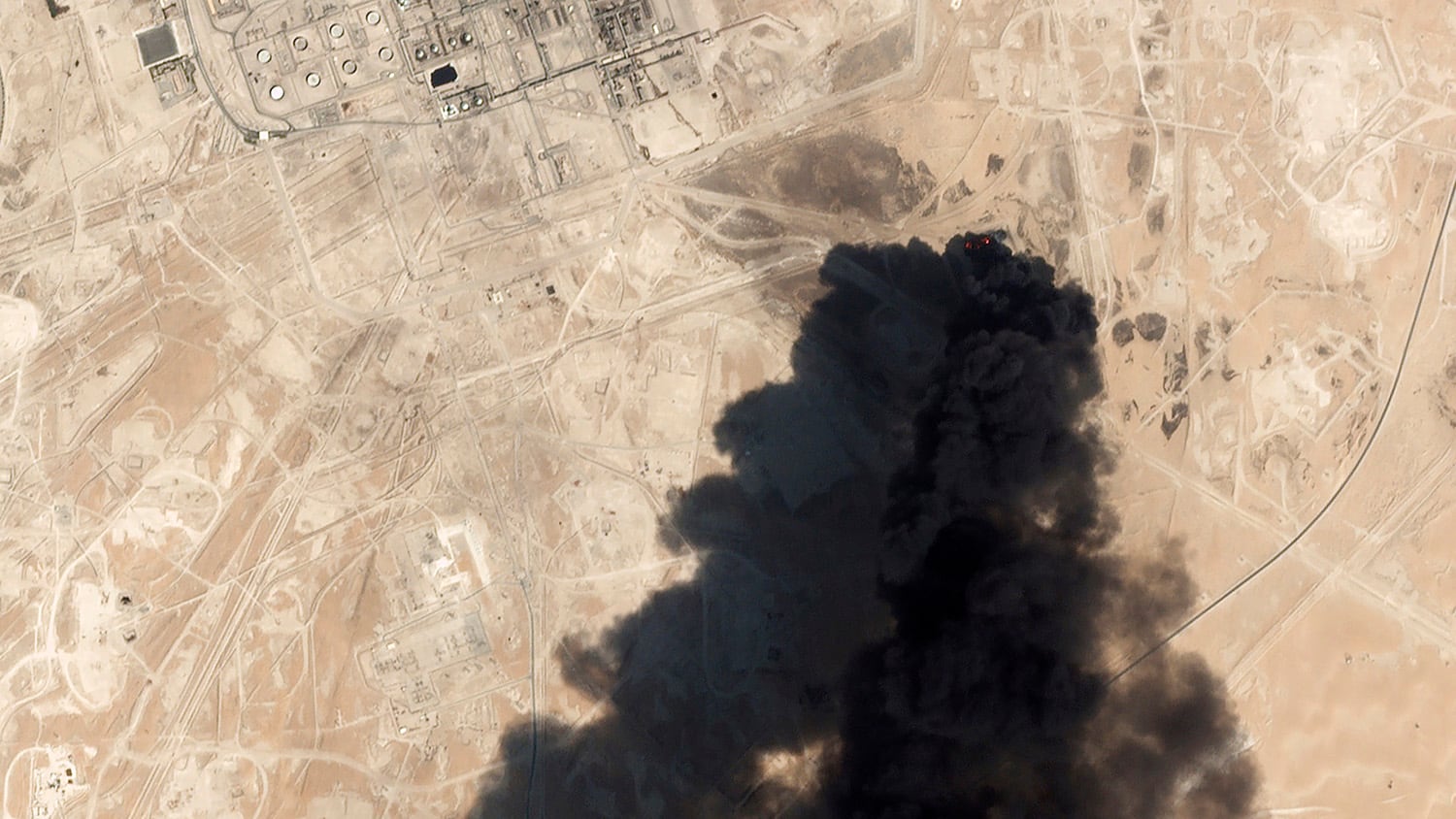September’s drone and cruise missile attack on a major Saudi energy facility highlights the challenges associated with cruise missile defense. Americans might be tempted to dismiss this attack merely as evidence of a Saudi vulnerability, with little relevance to the U.S. homeland. However, given that an American-built air defense system failed to stop the attack, this would be a mistake.
As China and Russia continue to develop and deploy advanced cruise missiles to threaten the United States, urgent action is required. In recent years, the Pentagon has focused on protecting the homeland from ballistic missile attacks by building a ballistic missile defense system consisting of radars and interceptors. This system can provide some protection against a limited ballistic missile attack on the United States, but it is not designed to protect American cities from cruise missile attacks.
Unlike ballistic missiles, which arc high into the atmosphere and beyond before striking their target, cruise missiles fly at low altitudes, where ground-based radars struggle to detect them. And to defeat a cruise missile, the Department of Defense must first be able to detect and track it.
America’s adversaries “currently hold our citizens and national interests at risk,” the commander of Northern Command, Gen. Terrence O’Shaughnessy, testified before the Senate in April. “The homeland is not a sanctuary. For that reason, improving our ability to detect and defeat cruise missile attacks is among my highest priorities.”
RELATED

It is not difficult to understand why. Seeing this long-standing vulnerability, America’s great power adversaries have worked to improve their cruise missile capabilities. Today, for example, Russia possesses a submarine-launched cruise missile that Moscow could use to circumvent existing U.S. missile defenses and target key East Coast military bases and population centers.
And the cruise missile capabilities of U.S. adversaries are only growing more formidable. In April testimony before the Senate, Under Secretary of Defense for Policy John Rood warned that potential adversaries are developing sophisticated “cruise missile systems with increased speed, range, accuracy and lethality.”
For its part, Russia is developing hypersonic cruise missiles. Russian President Vladimir Putin claims one of these cruise missiles could fly as fast as nine times the speed of sound. The Kremlin is also pursuing nuclear-powered cruise missiles with virtually unlimited range. Not to be outdone, China is developing its own hypersonic cruise missiles, supplementing its existing cruise missile stocks.
Against both Moscow and Beijing’s cruise missile arsenals, America’s current defenses are inadequate.
So what’s to be done?
The first step is for the Department of Defense to quickly assign a lead in the Pentagon for homeland cruise missile defense, which would enable key decisions related to the homeland cruise missile defense architecture — including decisions related to sensors and shooters, as well as command and control, battle management, and communications. This would help expedite efforts to integrate ballistic missile defense and cruise missile defense.
Second, Congress should support efforts to deploy without delay the space-based sensors necessary to detect, track and ultimately defeat advanced cruise missiles and other missile threats to our homeland.
Third, the Department of Defense should proactively look to partner with its impressive array of allies and partners to field — both at home and abroad — advanced cruise missile defense capabilities without delay.
Consider the United Kingdom, Canada, Australia and New Zealand. These allies are already part of a long-standing intelligence sharing arrangement with the United States, known as the “Five Eyes agreement.” As Atlantic Council Senior Fellow William Greenwalt has suggested, systematically expanding this arrangement to institutionalize the shared development of military technology makes sense. Cruise missile defense might be one of several good places to start.
Israel represents another obvious partner, as it possesses a proven track record on missile defense innovation, deep real-world experience, an admirable sense of urgency and a long history of cooperation with the U.S. on missile defense. Indeed, Israel and the U.S. have worked together for years to develop the Arrow and David’s Sling missile defense systems.
If we combine these international partnerships with the innovation prowess of the American private sector — as well as timely, predictable and sufficient funding from Congress — much can be done to address areas of shared vulnerability. That includes cruise missile defenses for both the American homeland and forward-deployed U.S. troops.
The September attack on the Saudi energy facility may seem of little concern to most Americans, but that attack should serve as a warning regarding the unique challenges associated with cruise missile defense. If Iran could pull off such an attack, imagine what Moscow and Beijing may be able to do. If our great power adversaries believe a surprise cruise missile attack against the U.S. homeland or American positions abroad might succeed, it increases the chances that Beijing or Moscow would undertake such an attack.
The Pentagon assessed in its Missile Defense Review earlier this year that advanced cruise missile threats to the homeland “are on the horizon.” The attack last month in Saudi Arabia suggests that horizon might be closer than Americans think.
Bradley Bowman is the senior director for the Center on Military and Political Power with the Foundation for Defense of Democracies, where Andrew Gabel is a research analyst.








